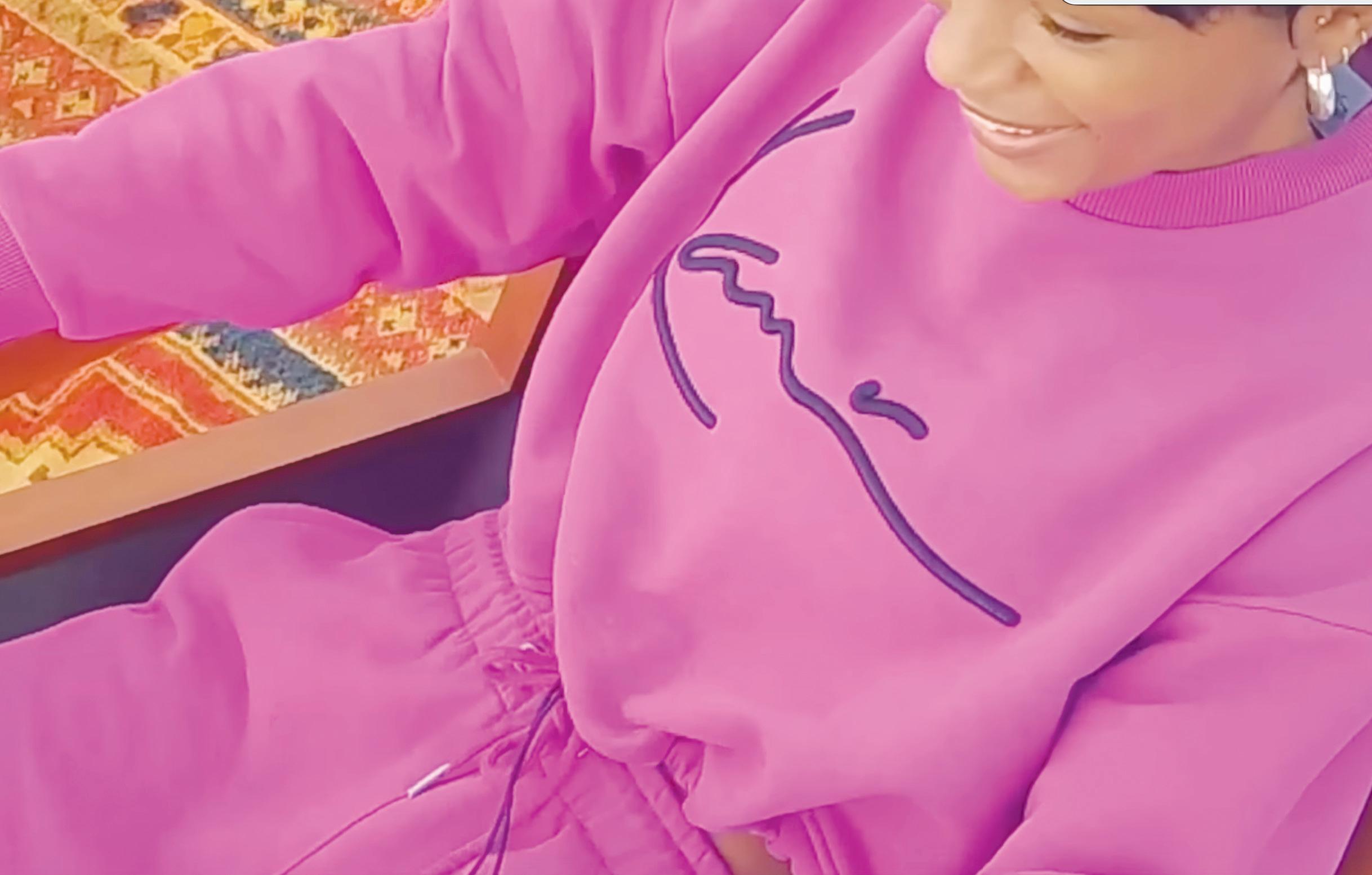
2 minute read
50 Years of Hip Hop’s Impact on Fashion
from May 17,2023
by cnwmedia.com
It’s hard to believe that it’s been 50 years since hip Hop hit the music scene. A new exhibition at the Museum at FIT in New York explores the evolution of hip-hop fashion from the streets of New York to designer runways. The exhibition that captures the “Fresh, Fly and Fabulous; 50 years of hip-hop style was curated by Elizabeth Way and Elena Romero.”
“I think even 50 years later, this particular fashion category has not fully been understood, respected,” says Romaero, and she has a point.
Advertisement
On display will be over 100 garments and accessories featured each documenting a key moment in hip-hop history, from the oversized jewelry and tracksuits of the 1980s to hip-hop becoming fully mainstream in the 2000s with brands like FUBU and Sean Black people especially Black celebrities have always influenced and inspired street fashion so Hip Hop just took it to another level because of the emergence of a generation of Black wealth and with it--privilege.
And that’s the real story here. As Hip Hop grew in affluence and money, the Hip Hop/ Rap fashion culture originated from Urban Black America and began to dominate the youths’ wardrobe. Mirroring The Rap/Hip Hop style the youth who listened and grew up on the music increased the demand and fashion labels strictly designing for the Hip Hop/Rap generations were popping up and making money. It was established as a real fashion category when designers like Karl Lagerfeld incorporated the influence at the House of Chanel. Another trend in hip-hop clothing, pioneered by Dapper Dan of New York in the early 1980s, was the adaptation and brandishing of high-net-worth fashion house brands such as Louis Vuitton, Fendi, Gucci and logos on custom-designed tracksuits, jackets, and mink coats.
So here we are in 2023 and Hip Hop Fashion is recognized worldwide and can be considered the first in a long time that a culture emerged to shake up and create a whole new concept and approach to how people dressed. I mean this is the generation that made it cool to wear athletic/sportswear, especially the Jordan Nikes, Puma, Converse Chuck Taylor All-Stars, Addidas, Pro Keds athletic shoes to awards shows, onstage and with tuxes.
Of course, there is so much to note like tracksuits, sheepskin, and leather bomber jackets and so on. Note that I’m just going to touch upon the tip of the iceberg here. The real story as stated is the Hip Hop Fashion design opportunity that created itself out of the demand. Black youth had created a look a style influenced by hip Hop idols. As the celebrities’ ‘bank’ money grew, the rappers, producers knew the next step was to create their own fashion designs and fashion houses . . . they had the money and influence to be taken seriously and so it is that they did two things. They leaned towards top of the line luxury brands and took to the factories to design create and manufacture their own.

Gwendolyn O’Neal, author of African American Aesthetics of Dress (1997), “The African American aesthetic of dress is not exclusively African or American, but rather is influenced by distinct ‘cultural’ experiences that stem from being of African heritage and living in America. In an interview with Black Book Magazine, rapper Jay-Z supported this view and defended the preference for luxury fashion brands in hip-hop culture as a way of “living on our own terms, rather than trying to imitate an elite lifestyle.” The use of high-end fashion products in the hip-hop lifestyle is not necessarily driven by conspicuous consumption.
Accents like Men’s jewelry typically focused on heavy gold chains, while women’s jewelry consisted of large-oversized gold earrings. The idea of heavy jewelry was seen as a symbol of prestige and wealth, and some even connected the style to Africanism. But the truth is that all cultures recognized gold in that way.
Next the movement took on the preppy look in the 80’s. This fraction of young, upwardly mobile Blacks known as “buppies,” embraced the 80’s hip-hop music and wore clothing items from brands like Polo, Timberland, and Tommy Hilfiger that spoke to the exclusivity and aspirational appeal of Hilfiger. The brand’s










